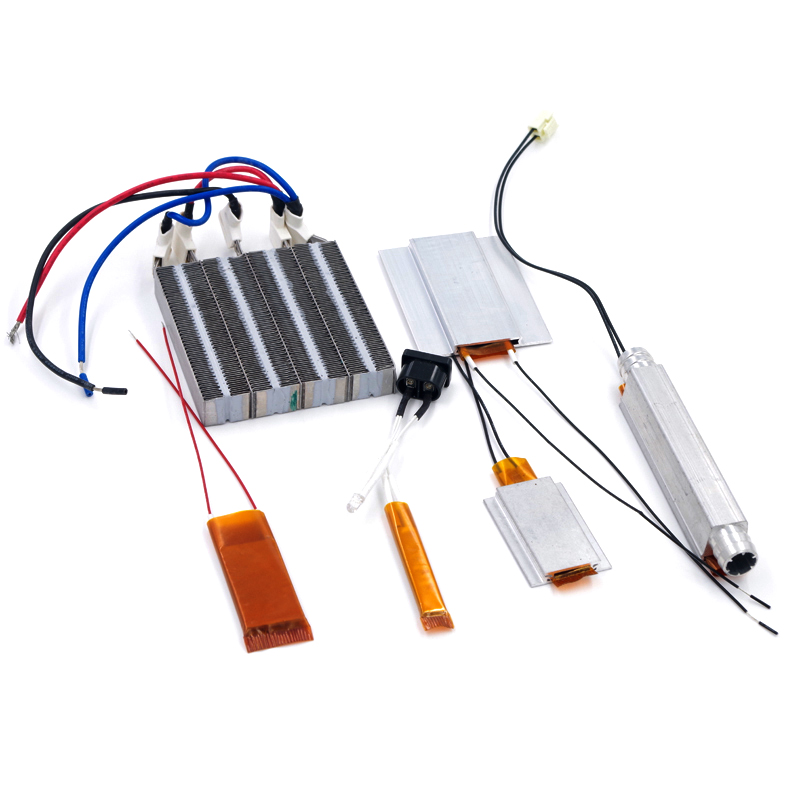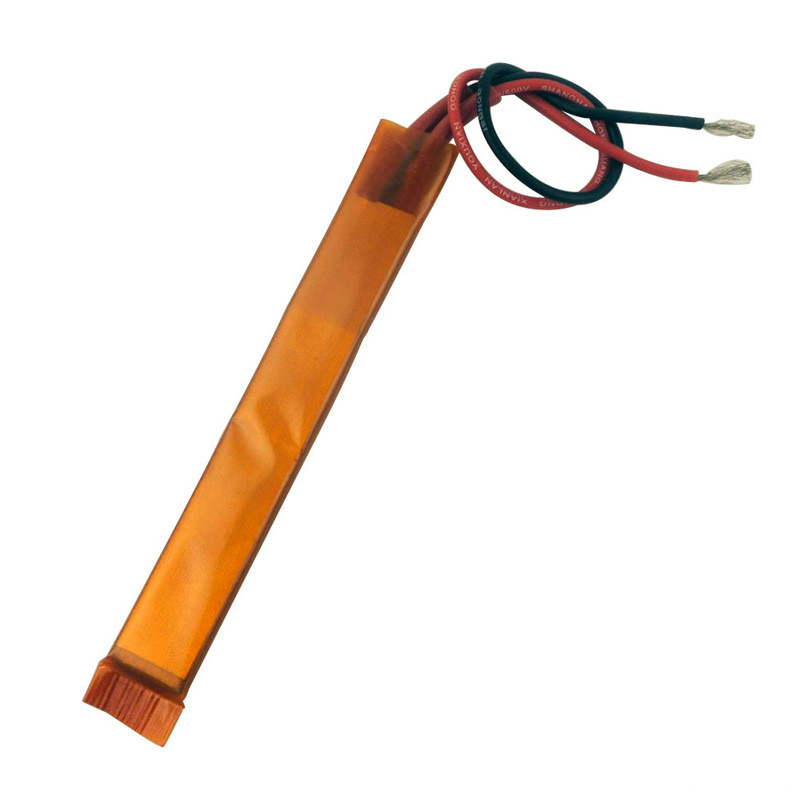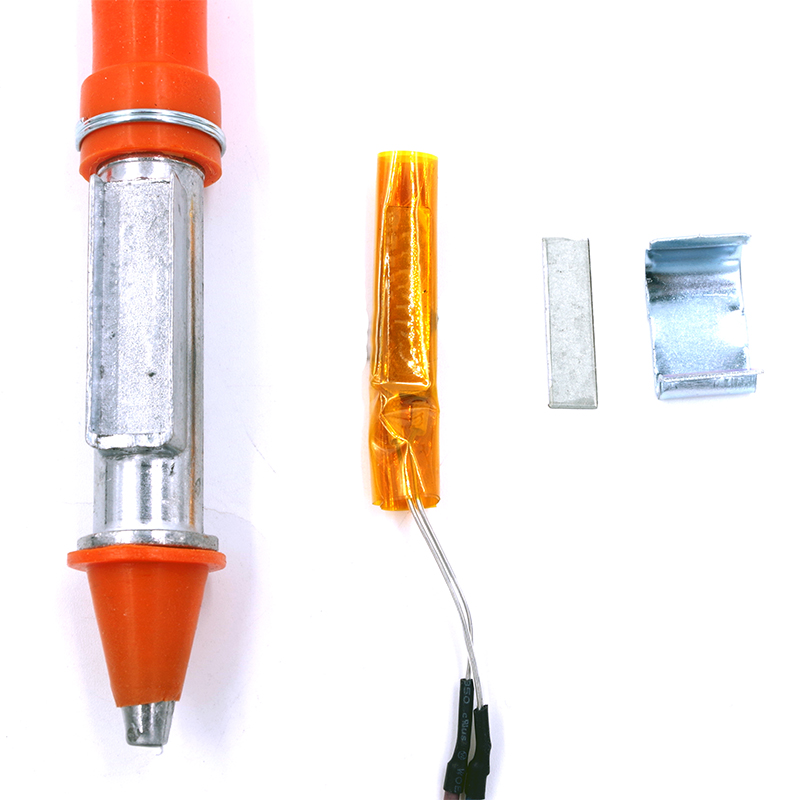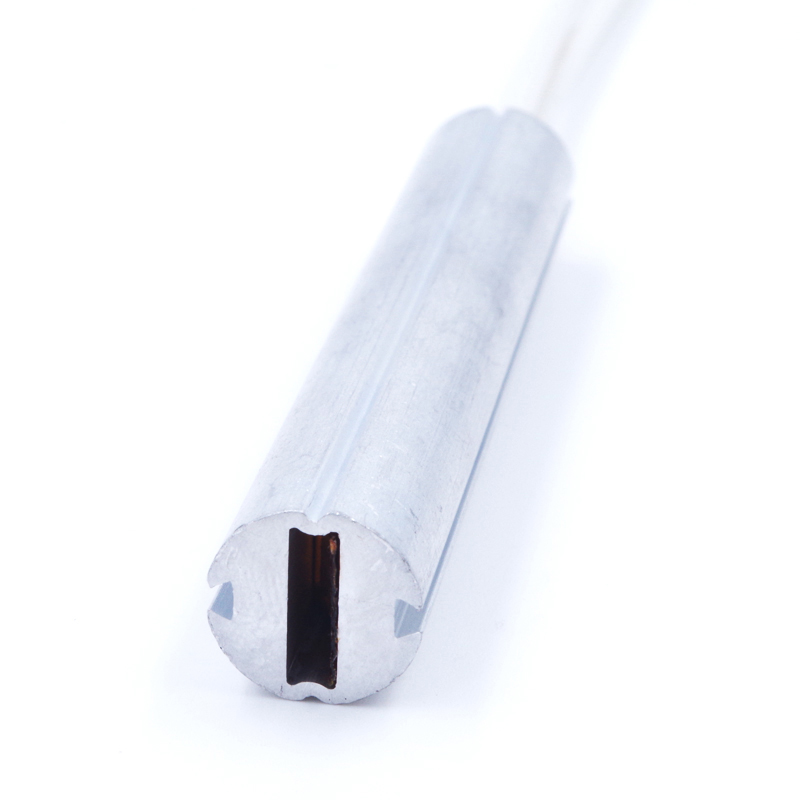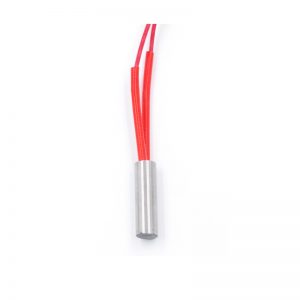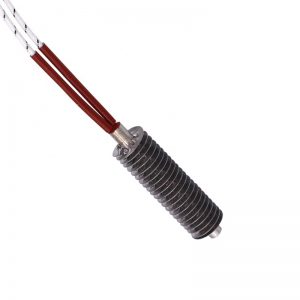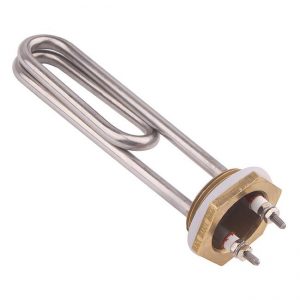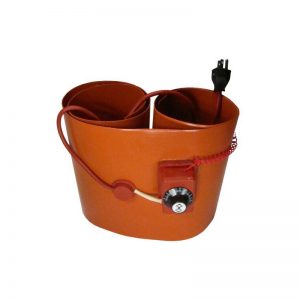Description
PTC Heater comes in various sizes and mounting options for ease of installation. Utilizing PTC’s self-regulating characteristics, PTC Heat Conductors is a safe and energy-saving choice for your product design. Some of its typical applications includes, PC mother board heating, steam ironing, moisture control, frost protection and any medium to low heating products.
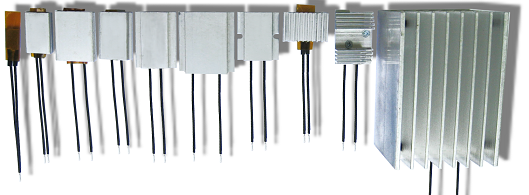
PTC Heater Applications
PC Mother Board protection, sustain constant temperature under deficient condition to protect electronic elements from malfunction. Suitable for medical assistance, beauty treatment, stream ironing, moisture control, electronic heating, health treatment, air purifier etc. for all medium to low heating products.
PTC Heater General Specifications
- Power : 2W ~ 2000W
- Surface Temperature : 60°C ~ 240°C
- Voltage :AC/DC 5V~500V
- Standard Lead Wire :22AWG 210mm (black)
PTC Heater Application Notes
- The power(wattage) of PTC heat conductor increases with the heat dissipation rate. When heat is retained under condition with no airflow (low heat dissipation), the surface temperature of the PTC conductor will reach curie temperature (Ct), the power(W) will then decrease dramatically. On the other hand, when the heat dissipation rate is high (under the condition of low ambient temperature, underwater or large airflow), this will cause the surface temperature of PTC heat conductor to decrease, the power of PTC heat conductor will then increase to regulate the temperature.
- The wattage(power) in the MAX POWER is the power(W) under the most effective heat transmission condition based on surface temperature of 240°C. The General heat transmission power is 5%~80% of the maximum power specified. For indirect heating of water, the power may be just 15%~60% of the maximum power. The power(W) varies in relation to the contact material, heat sink, heat dissipation area, ambient temperature, airflow and product application.
- Customized models can be designed according to customers’ requirement (tooling cost may apply).
- Calculation of Relative Power for other Surface Temperatures:
The Maximum Power listed in the Specifications tables is for PTC Heat Conductors with surface temperature of 240°C (220°C for some LCH types). If the required surface temperature is 120°C, the relative power of the Max. Power(W) can be calculated using the formula below:
Temperature Rise(@240°C) = 240°C – ambient temperature = 240°C – 20°C = 220°C
Temperature Rise(@120°C) = 120°C – ambient temperature = 120°C – 20°C = 100°C
Relative Power(@120°C) = Max. Power from table x Temp. Rise(120°C)/Temp. Rise(240°C)
= 120W x 100°C/220°C = 54.5W
Relative Power is approximately 54.5W for 120°C
Customized
